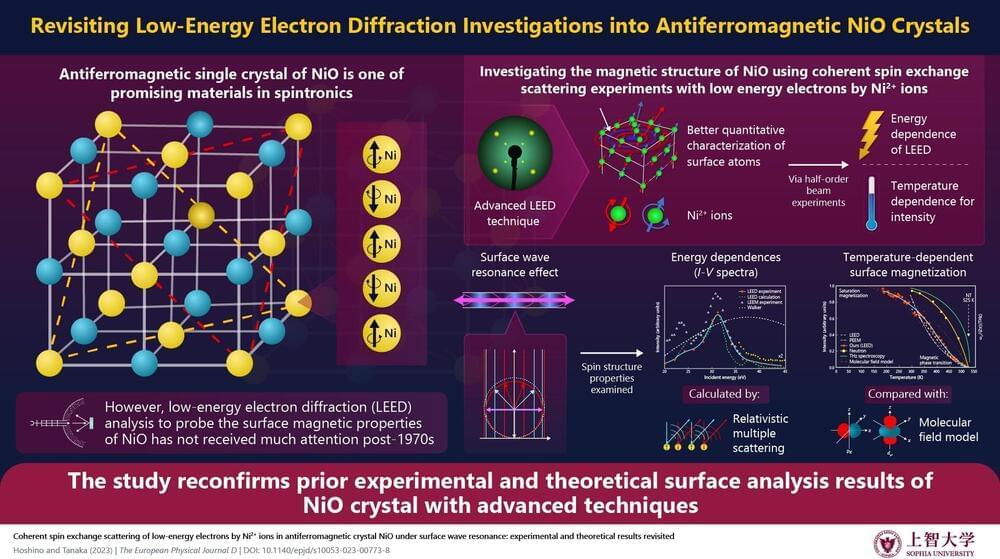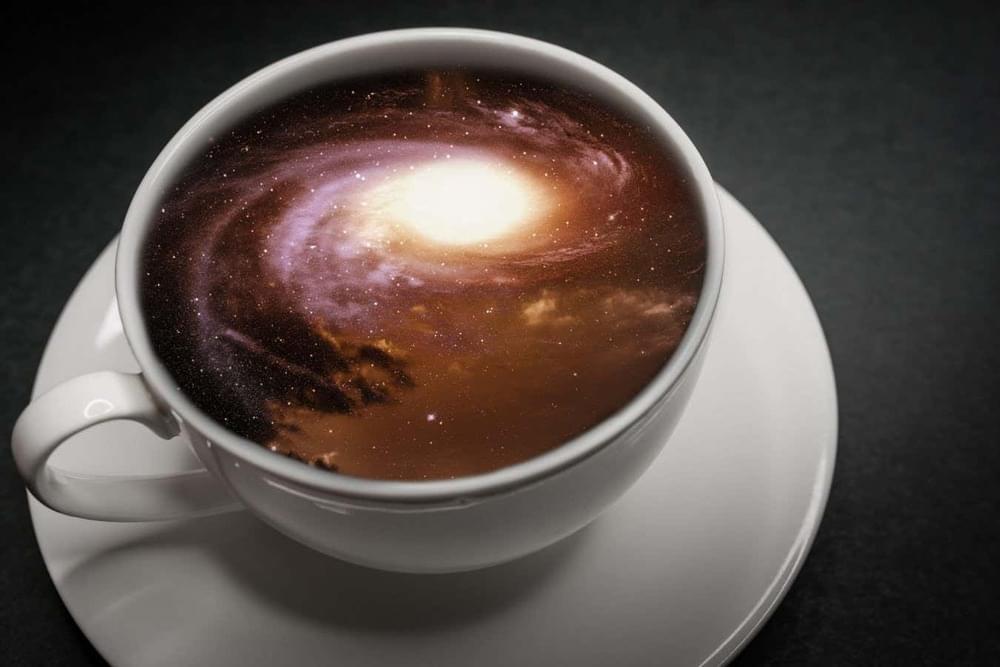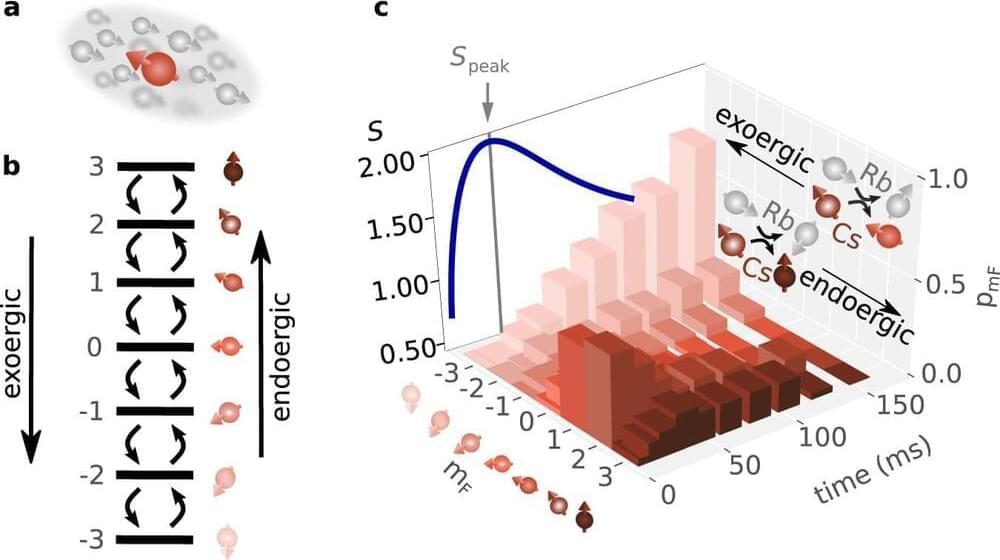Spintronics is a field that deals with electronics that exploit the intrinsic spin of electrons and their associated magnetic moment for applications such as quantum computing and memory storage devices. Owing to its spin and magnetism exhibited in its insulator-metal phase transition, the strongly correlated electron systems of nickel oxide (NiO) have been thoroughly explored for more than eight decades. Interest in its unique antiferromagnetic (AF) and spin properties has seen a revival lately since NiO is a potential material for ultrafast spintronics devices.
Despite this rise in popularity, exploration of its surface magnetic properties using the low-energy electron diffraction (LEED) technique has not received much attention since the 1970s. To review the understanding of the surface properties, Professor Masamitsu Hoshino and Emeritus Professor Hiroshi Tanaka, both from the Department of Physics at Sophia University, Japan, revisited the surface LEED crystallography of NiO.
The results of their quantitative experimental study investigating the coherent exchange scattering in Ni2+ ions in AF single crystal NiO were reported in The European Physical Journal D.








